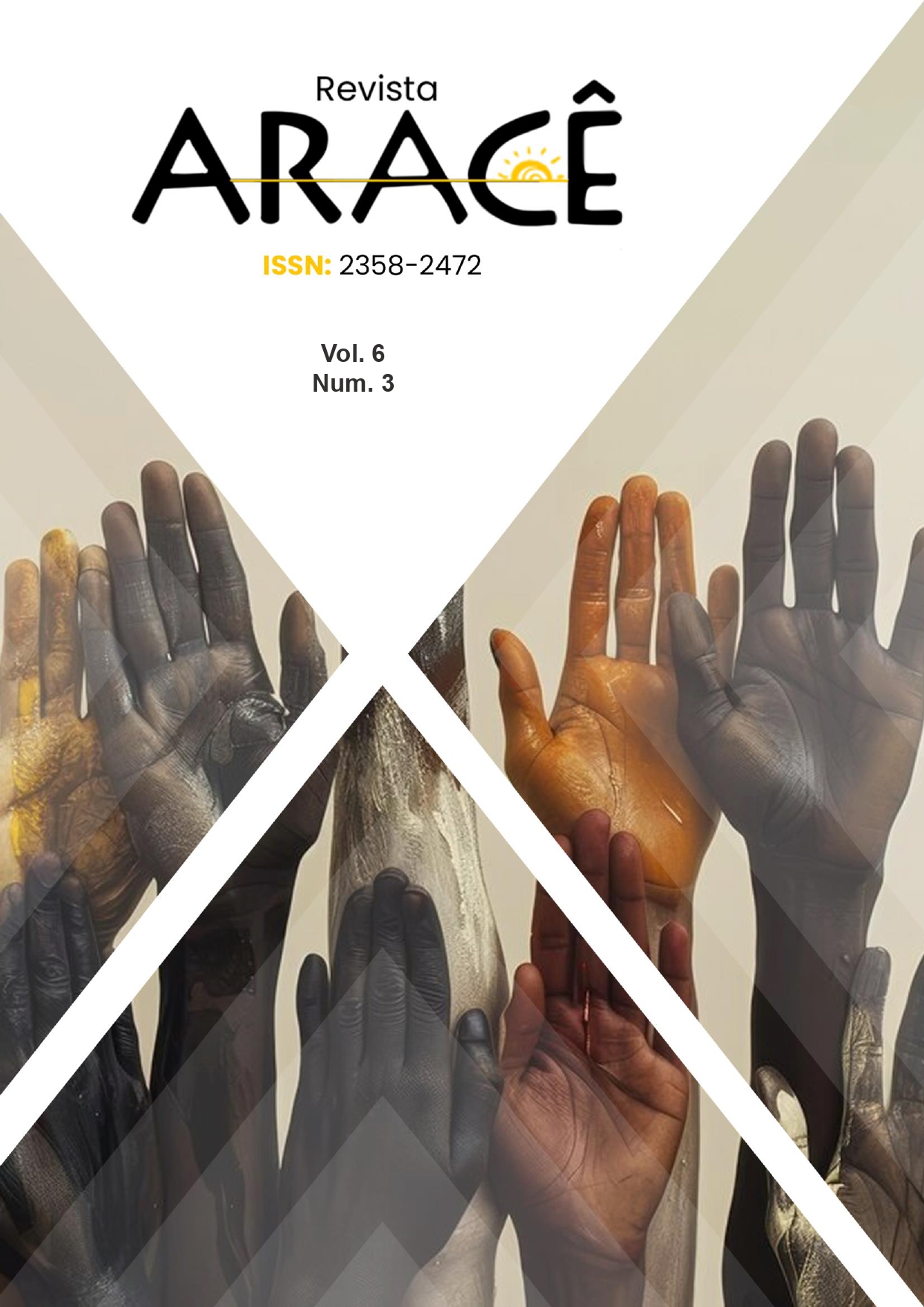ANÁLISE DE DADOS SOBRE AS ARBOVIROSES DENGUE, ZIKA E CHIKUNGUNYA NO SUDESTE BRASILEIRO
DOI:
https://doi.org/10.56238/arev6n3-149Palabras clave:
Arboviroses, Saúde Pública, Análise Estatística, SaneamentoResumen
A análise do aumento dos casos de doenças transmitidas pelo Aedes aegypti na região Sudeste do Brasil, especialmente em 2023 e 2024, é fundamental para compreender as dinâmicas dessas arboviroses e desenvolver estratégias eficazes de controle. As doenças em questão, Dengue, Zika e Chikungunya, representam um sério desafio à saúde pública, exacerbado por fatores como clima, chuvas intensas e deficiências nas ações de prevenção e controle. Para entender essa situação, o trabalho se baseia em dados coletados dos Boletins Informativos e do Painel de Monitoramento de Arboviroses, disponibilizados pelo Ministério da Saúde. A análise quantitativa desses dados permitirá identificar padrões e possíveis correlações entre as condições ambientais e os índices de incidência das doenças em Minas Gerais, Espírito Santo, Rio de Janeiro e São Paulo. Comparação de Dados, avaliar as estatísticas de incidência de dengue, Zika e Chikungunya no primeiro semestre de 2024 em comparação ao mesmo período em 2023. Identificação de Fatores, analisar fatores sociais e ambientais que possam ter contribuído para o aumento das incidências. Recomendações de Intervenção, propor ações específicas de controle e prevenção para cada estado, levando em consideração as particularidades regionais. O fortalecimento das medidas de controle do Aedes aegypti e a implementação de políticas públicas mais efetivas são essenciais para conter a disseminação dessas arboviroses. A análise aprofundada dos dados disponíveis é um passo crucial para entender a gravidade da situação e agir de forma proativa na proteção da saúde da população.






